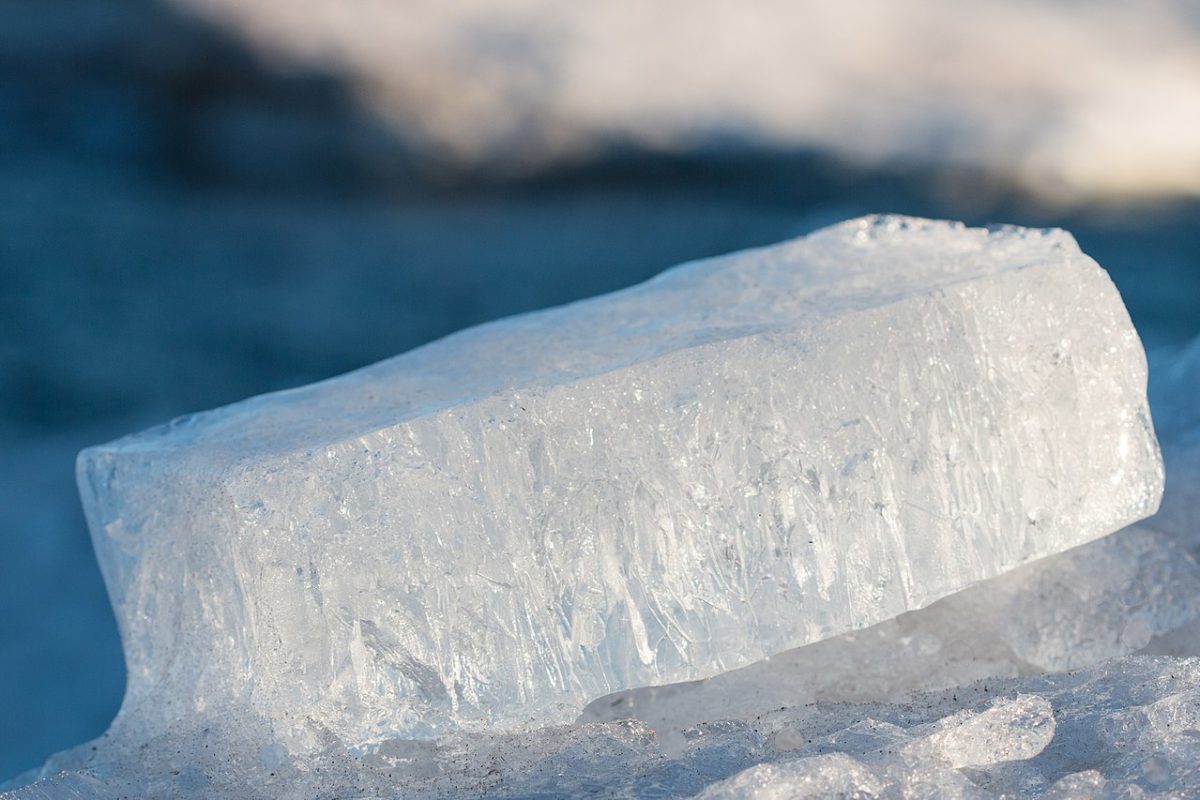The Republic of Maldives‘ Ministry of Finance has launched a tender for the construction of four grid-tied, solar-powered ice-making plants to be built on four different islands.
The tender, which also includes the construction of 12 PV-diesel hybrid power plants for the island of Thaa Atoll, is part of the Preparing Outer Islands for Sustainable Energy Development project (POISED) backed by the Asian Development Bank (ADB). Interested developers will have time until December 6 to submit their project proposals.
The POISED project aims to transform existing diesel-based mini-grids into hybrid renewable energy systems on 160 inhabited islands of the Maldives out of which, installations on 48 islands spread across eight atolls were commissioned as of January 2020.
The project is being supported by $55 million in grants from the ADB—$38 million from the Asian Development Fund, $12 million from the Strategic Climate Fund (SCF), and $5 million from the Japan Fund for the Joint Crediting Mechanism (JFJCM)—and a $50 million loan from the European Investment Bank (EIB).
Solar for ice making
The construction of solar-powered ice-making plants is not new in the archipelago. An ice-making machine coupled with a 40 kW PV system was deployed on the island of Dhiffushi by Japanese utility Kansai Electric Power Co Inc in 2016. Dubbed the Dhiffushi Solar Ice Project, the $730,000 plant is based on a supply-demand controller that utilizes excess solar energy to produce ice.
The solar array powering the plant is connected to the diesel power generators that are in turn linked to the grid of local utility State Electric Company Limited (STELCO). The solar panels are installed on a three-meter-high frame structure which holds four separate 10 kW PV panel arrays inclined at 5 degrees. According to the project developer, this limits the extent of damage in case of a tsunami and provides good shade for residents. The industrial ice machine was installed in a separate ice house located nearby on the pier.
The PV system and the ice-making machine are linked to the powerhouse through underground cables. The ice machine uses seawater to produce around 1 ton of flake ice per day. The project is expected to help the inhabitants of the island no longer travel to other islands to purchase expensive ice.
This content is protected by copyright and may not be reused. If you want to cooperate with us and would like to reuse some of our content, please contact: editors@pv-magazine.com.




Why are we being force fed a diet of clean green renewable energy and they creat a huge hodgepodge of diesel/solar ice making stations?
When did they stop calling green house gasses dangerous to the ozone?… smh